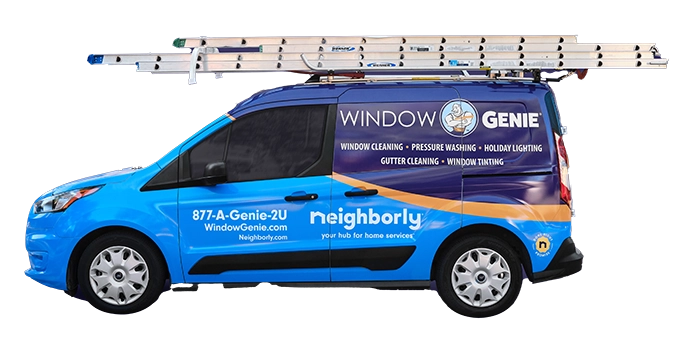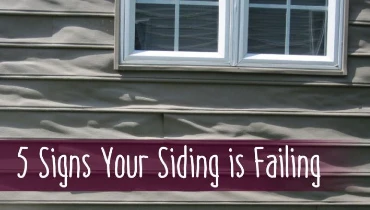
Your home’s siding does more than just make your house appealing to look at. There are several non-aesthetic purposes for siding, like lowering energy bills, protecting the frame of your home against the elements, and keeping away pests. So keeping your siding in good repair is important. But at some point, your siding may begin to fail. So what are the signs that your siding might be losing its integrity?
- Your Energy Bill
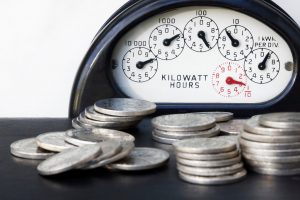
Energy is the only commodity that we choose to buy every day without knowing exactly what it costs until a month later. When your home’s heating or cooling costs increase exponentially over a short time, that can be a sign that your home is in need of new siding. Naturally, you should first rule out a bad or leaking roof, windows or there is need of more attic insulation. Heating or cooling costs that do not fall in line with those of your neighbors, is a glaring indication that something is seriously wrong with a home’s exterior wall insulation. Damaged or poorly performing siding can be a huge cause for lover the top heating and cooling bills.
- Nails
Are the heads exposed, rusty, or missing? If your nails have popped out, this means your siding has experienced some sort of movement or has been expanding and contracting. Rusty nails can signify moisture damage over time and can leave streaks down your siding. Ideally, siding should be installed using stainless steel nails but if the nail is raised or loose your siding is compromised. Of course, if any nails are completely missing, your siding is in danger of falling off or blowing away in a strong wind storm.
- Seams
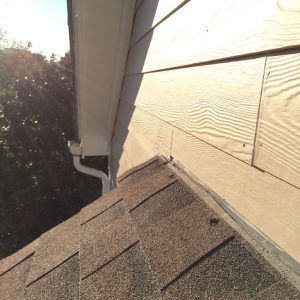
Traditional wood clapboard siding is lined up butt end to butt end and usually sealed with caulking before being painted. The purpose of joint sealant is to minimize water wicking through the end grain of the wood.Siding should be caulked at all vertical seams and joints. Over time, caulk can shrink, crack, or slowly wear away. If seams have shifted and boards look uneven, your siding system will fail. Your siding should look almost seamless (with no vertical lines at the butt joints) if it is caulked correctly.
- Warping
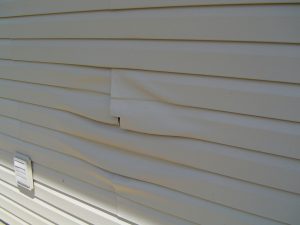 There are a lot of reasons siding will warp. If the siding isn’t installed properly warping will definitely happen, but there can be other factors. Vinyl is a type of plastic and, like many plastics, it can start melting when subjected to too much heat. Many cases of bad warping occur during the summer. The air heats up and the sunlight starts directing a lot of thermal energy at the walls of your house. Poor quality vinyl or dark paint colors cannot take this abuse, and the siding will start to warp and buckle as it absorbs the heat and expands.
There are a lot of reasons siding will warp. If the siding isn’t installed properly warping will definitely happen, but there can be other factors. Vinyl is a type of plastic and, like many plastics, it can start melting when subjected to too much heat. Many cases of bad warping occur during the summer. The air heats up and the sunlight starts directing a lot of thermal energy at the walls of your house. Poor quality vinyl or dark paint colors cannot take this abuse, and the siding will start to warp and buckle as it absorbs the heat and expands.
- Peeling Paint or Wallpaper
Failed siding allows moisture to seep its way underneath the siding where it can percolate through wallboard and eventually cause significant damage to the interior walls of a home. It can become a breeding ground for bacteria and mold. While this is happening completely unseen to the homeowner, there is a sign to look for. Peeling paint or wallpaper that is pulling away from a wall inside of a home can be symptomatic of faulty siding.
You hear it all the time, “Your home is your biggest investment!”, the first step to protecting it is a strong barrier. If your siding is failed or failing serious problems are on their way. It’s a great idea to spend some time inspecting your siding at least twice a year. House washing, siding cleaning, and making sure any problems are fixed immediately are the only ways to prevent your siding from failing.
